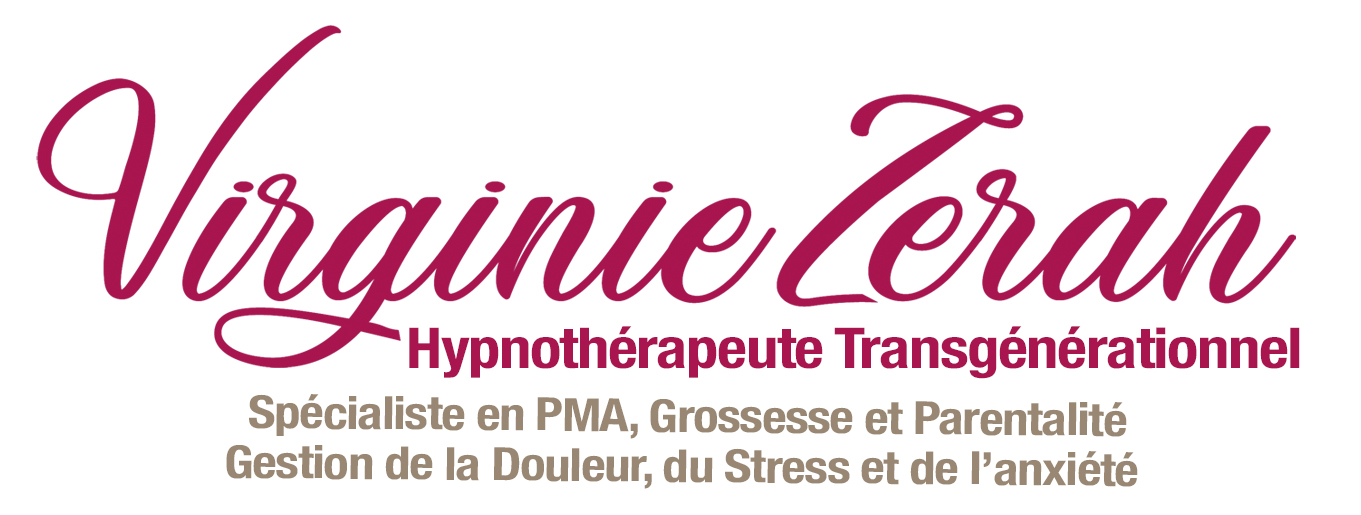
Month 9
The 36th week: It’s the home stretch. Your baby is about 13.5 inches long and weighs 4 lb, 7 oz to 6 lb,1 oz.
It will be born when it’s around 19 to 20.5 inches long. The baby’s weight will be between 6 lb, 3 oz and 8 lb, 13 oz, with the average being 7 lb, 1 oz.
So it will gain around another 2 lb, 3 oz during this month, and grow a few centimeters.
Your baby is ready to be born! Some of its organs are fully functional, and others are lagging behind because a few of them need air before they can work properly.
Birth is a shock for most of the organs. They keep slowly developing in the first few months or years of life. The brain is perfectly formed and makes up 10% of the fetus’s total weight. All of the nerve cells are in place, but not all of them are fully functional. The nerve fibers won’t be sheathed in the essential protective myelin coating they need to work properly until the child is almost two years old.
The pulmonary alveoli are ready. As soon as air is taken into the lungs at birth, it will expand them and set the respiratory muscles in motion. When the lungs fill up with air, the foramen ovale between the heart’s left and right atria closes up. Blood will then begin to circulate differently at birth as oxygen starts coming in and the umbilical cord is cut. The urinary tract is in place, and the kidneys began their filtering function in utero. They will continue developing.
The digestive system is still immature, and the esophagus is short. The stomach can hold between 1 to 1.4 fluid oz. The muscle that closes the passageway between the esophagus and the stomach is underdeveloped, which is why newborns tend to regurgitate a lot.
When the baby is born, its intestines are filled with meconium. This is the first stool they pass, which is dark olive green in color.
The bone structure is almost complete. The skull bones are not fused together in order to make passage through the birth canal easier. There are still two spaces, or fontanels: one on the top of the skull, and one in back. They will both close up a few months after birth. The body began developing during pregnancy, and ossification, in particular, finishes after puberty.
Sensory perception is already well developed. The sense of touch has been highly functional for a long time, but it has become more refined, and is especially sensitive around the mouth. Hearing is also completely functional. Babies recognize their mother’s voice at birth as well as the father’s if they spoke to them during the pregnancy. They can memorize a certain number of intonations. The can recognize music or a poem they heard every day in the last month of pregnancy. Their sense of taste is not very well developed, but they can tell the difference between bitter and sweet, and their taste buds are ready to learn new tastes. The mother’s diet changes the taste of breast milk, which adapts to what babies need. This allows them to slowly discover new flavors. They have a keen sense of smell, and will be attracted and comforted by your smell. Place a piece of cloth against your skin and put it in the crib so they feel secure. Babies have a sense of balance and are ready for the upright position, but be patient because they will do it themselves. Their vision is still blurry. While things become clear at about 8 inches, they still can’t focus on them.
Their skin is pink, and the fuzz they were covered with has almost all fallen out. At birth, some babies still have some on the back of the neck and shoulders. The vernix caseosa that covers and protects them dissolves in the amniotic fluid, yet there is still enough left to help them glide out of the birth canal. Your baby’s body is filling out, and now the buttocks are bigger than the head.
At this point, 95% of babies are positioned upside down with their head pressing against your pelvic floor. You can breathe a bit easier since the baby has begun dropping a bit.
You’ll start paying close attention to all the signs of labor (link to the video on the first signs of labor).
Losing your mucous plug: a loss of brown blood is a sign, but not that labor is starting. It may happen a few days beforehand!
No need to panic if the due date is approaching, and there are still no signs. The WHO has determined that childbirth can occur up to 42 weeks from amenorrhea, which is 40 weeks after conception. It is estimated that 10% of women deliver after their due date and 75% give birth two or three days later. In the last week, check in with your birthing center every day or every other day.
Your water may break at any time due to a rupture or just a tear in the water pouch (it may feel like you’re urinating non-stop, or just be a trickle that keeps you constantly wet). Don’t worry, but do go soon to your birthing center to prevent any risk of infection because your baby is not protected at this point.
- Seventh prenatal exam
- Final birth and parenthood planning session.
- Pack your bag for the hospital and some clothing for your baby. Stay close to where the childbirth will take place. After the baby is born, remember to ask your caisse d’assurance maladie to add him or her to your and/or the other parent’s Carte Vitale medical card.










